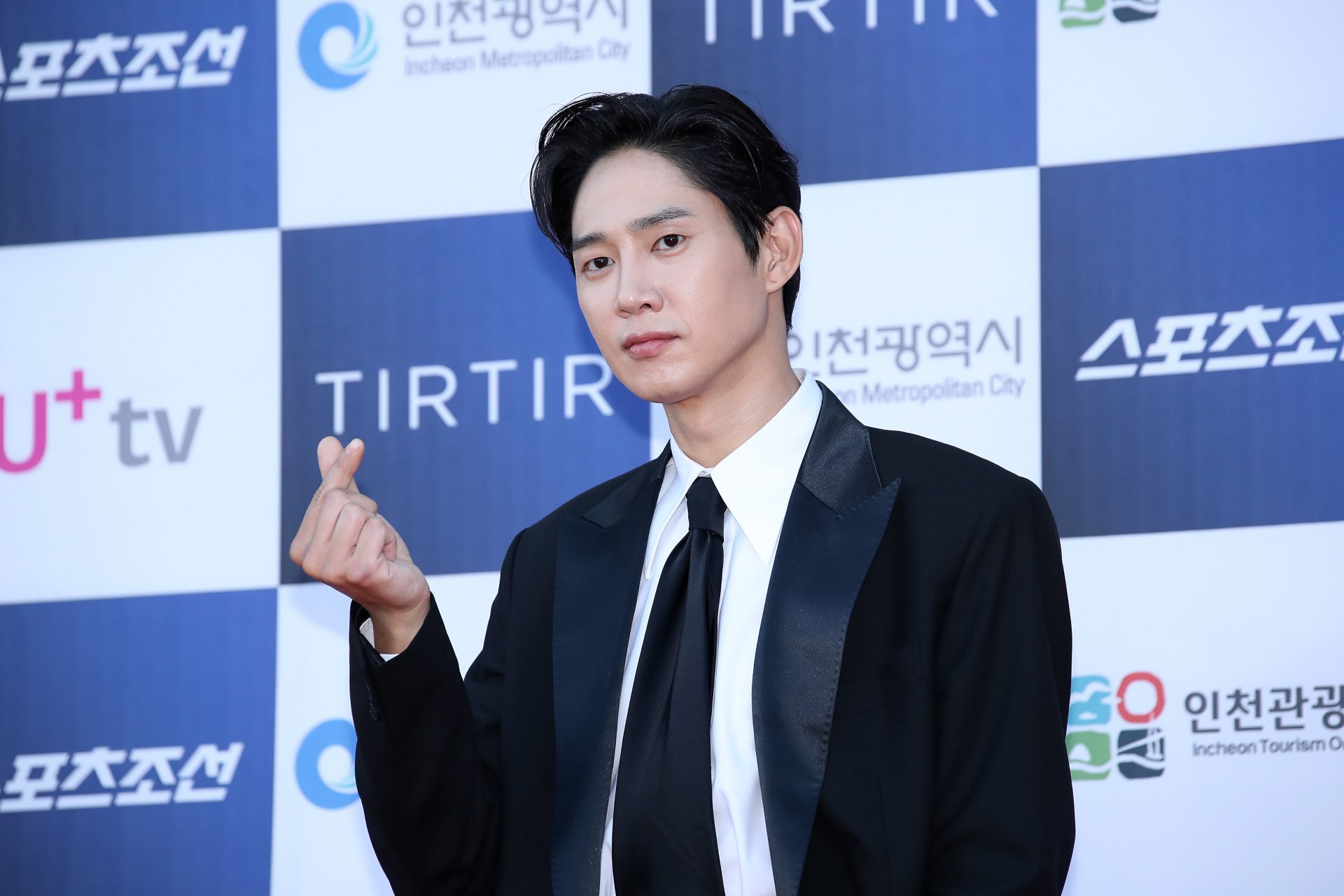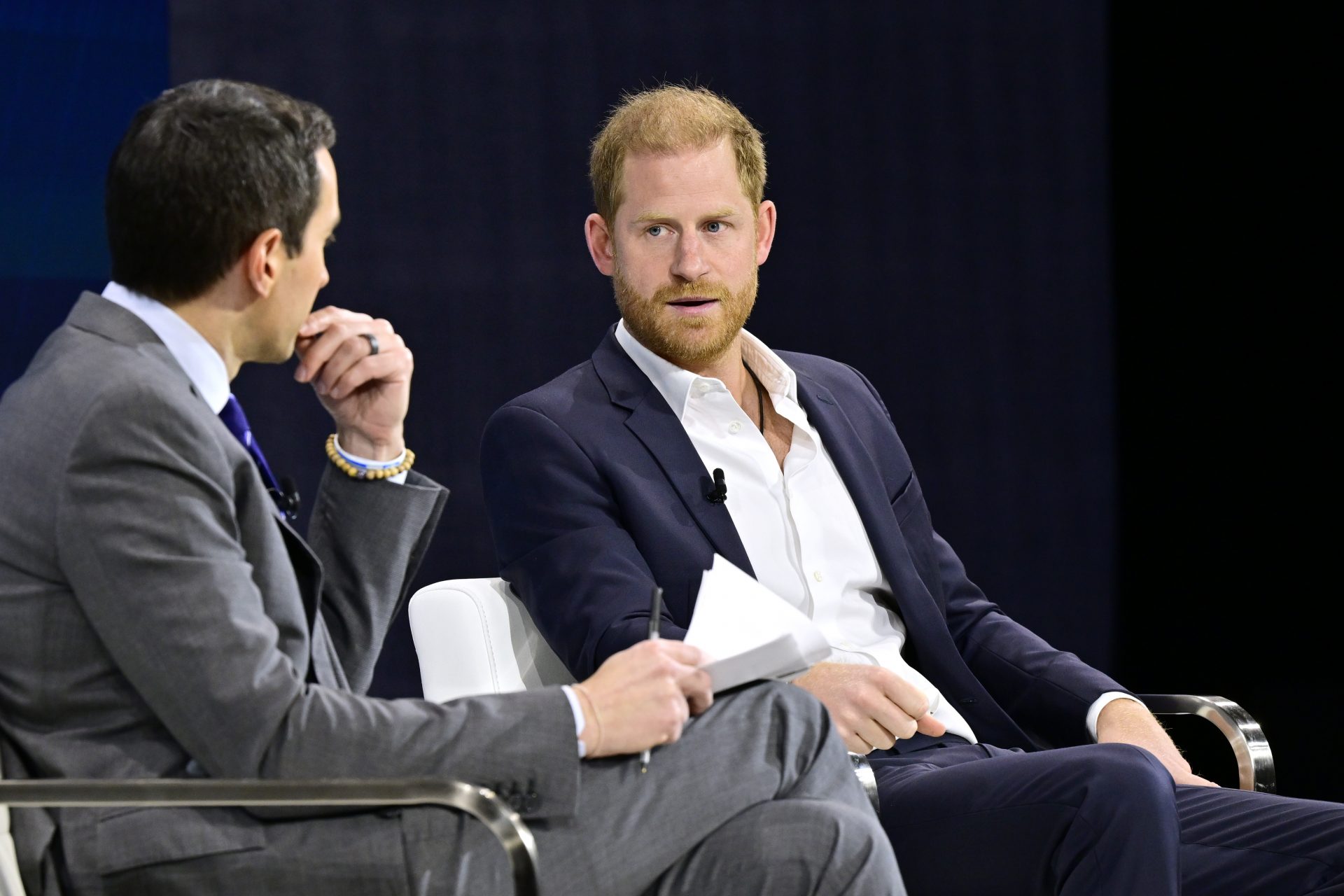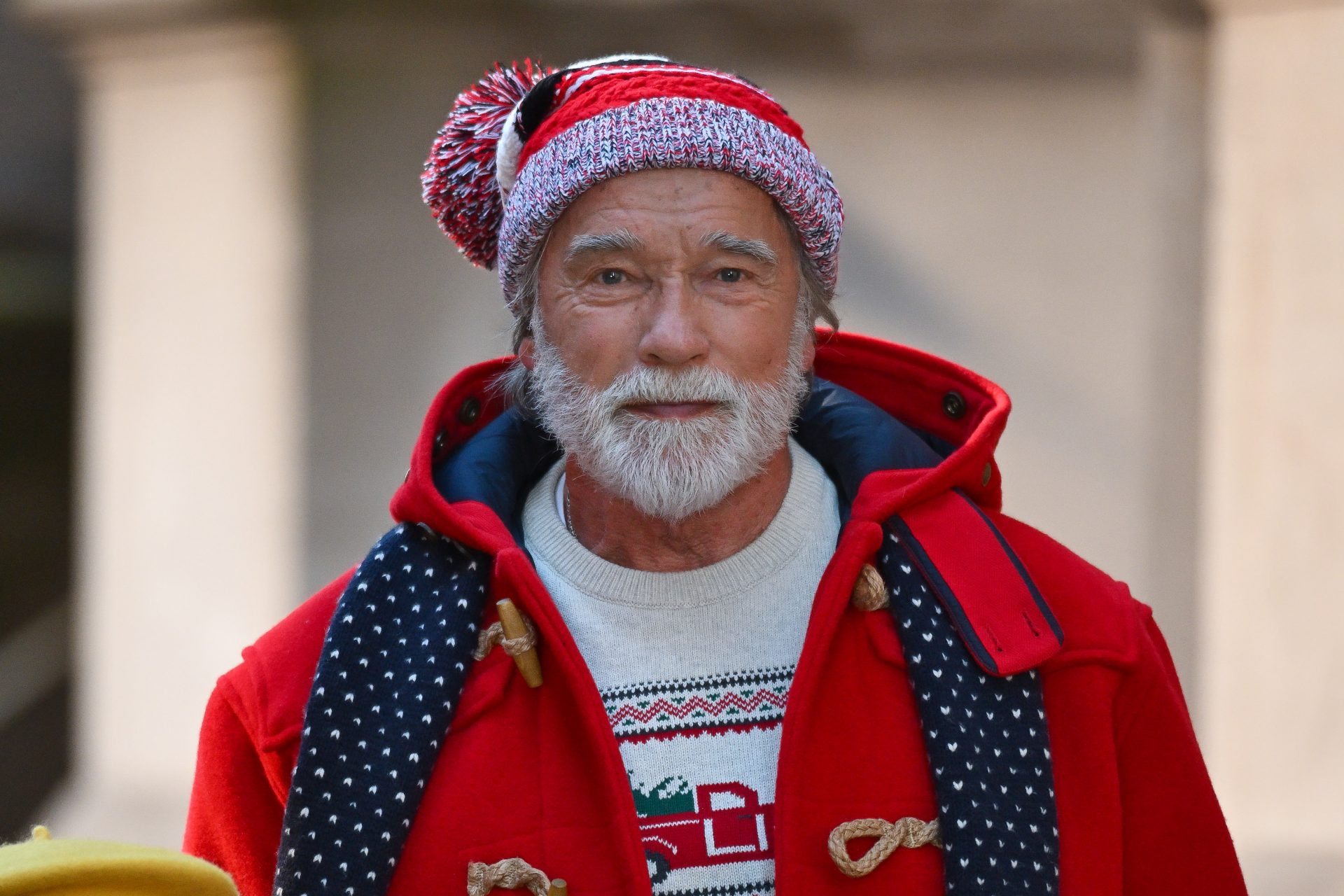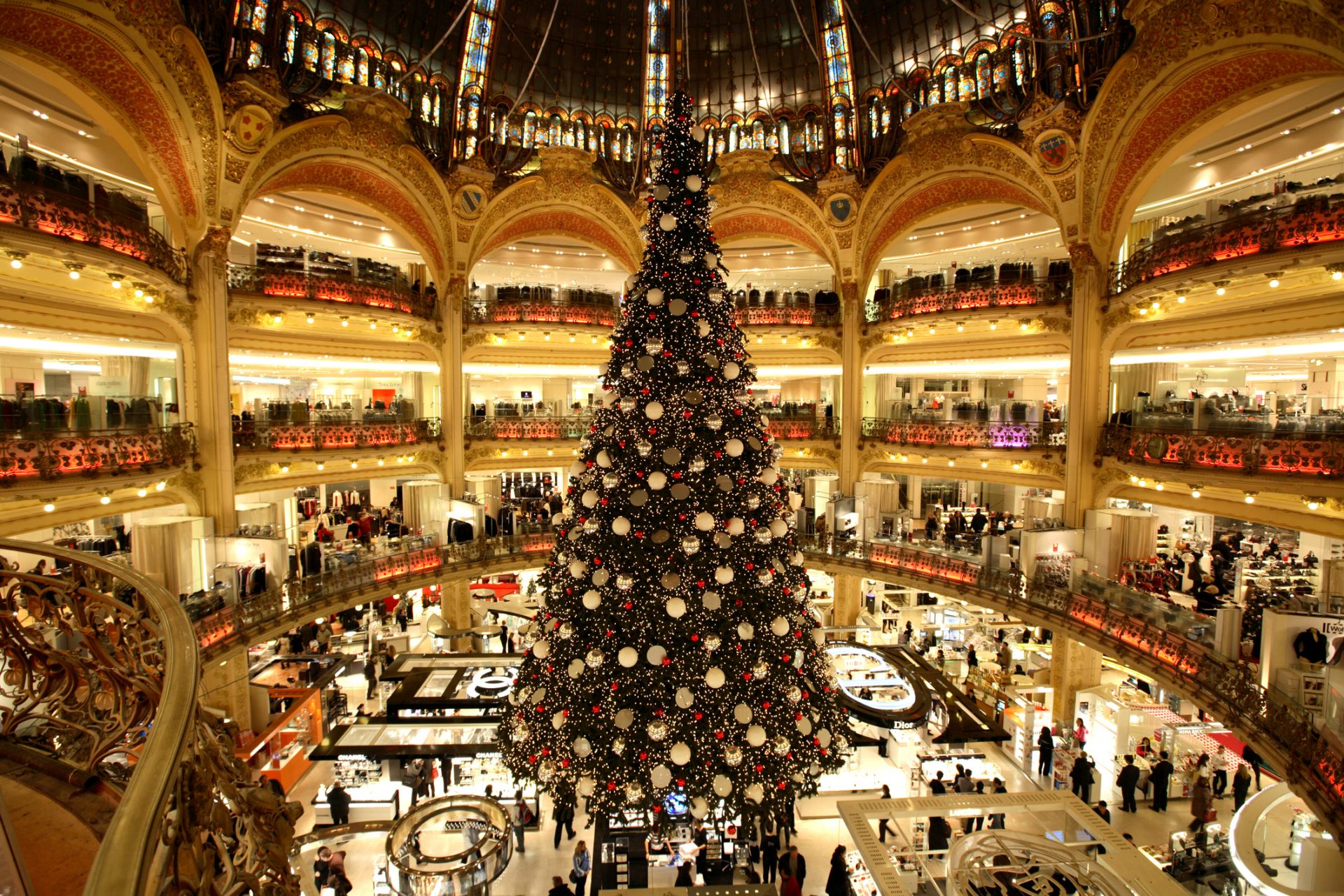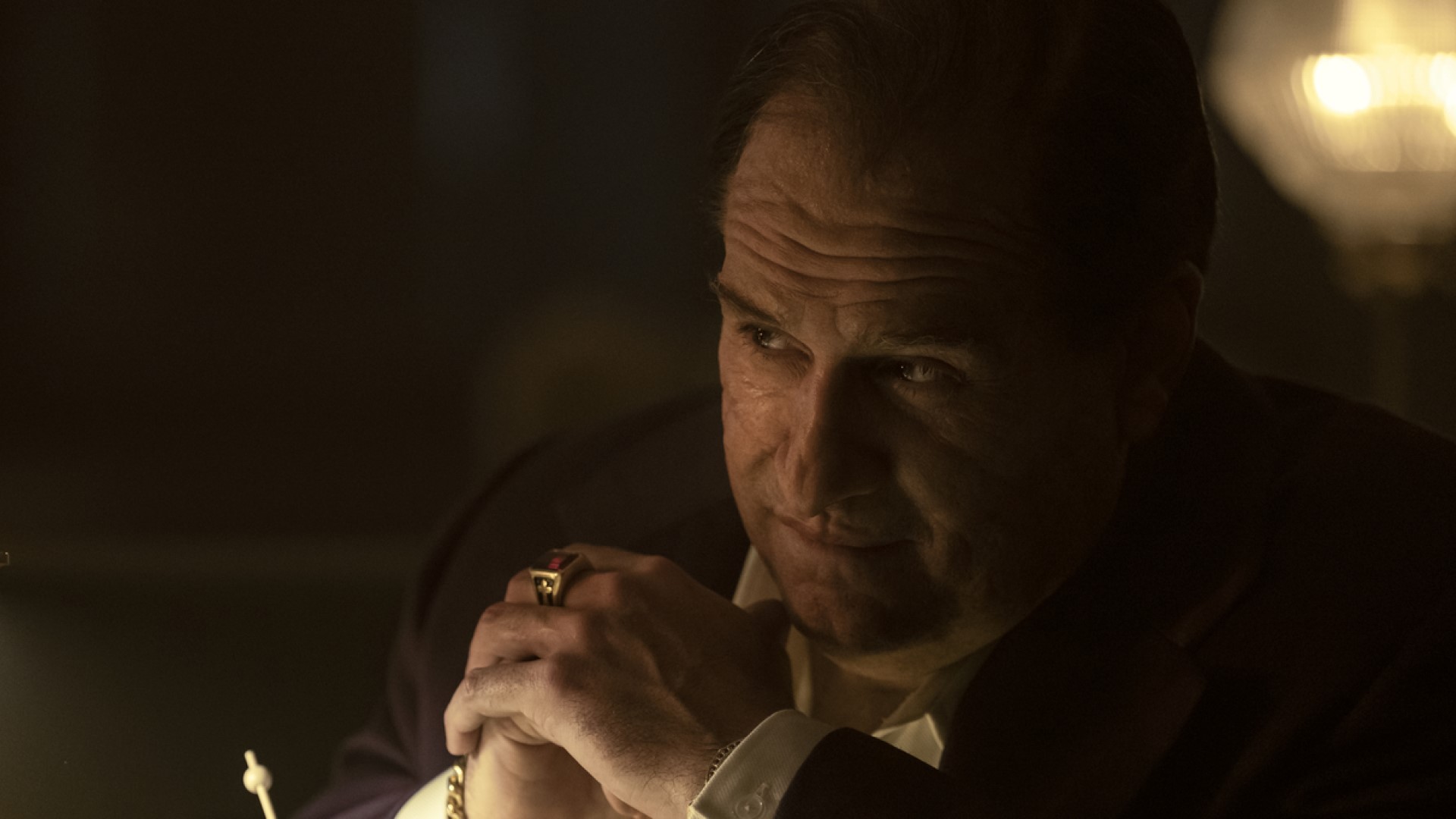Switzerland beyond the clichés: did you know these things about the country?
Switzerland, its mountains, its watches, its chocolate, and… its lenient policy for the great fortunes of this world. Beyond the clichés, what do we really know about this small country nestled in the heart of Western Europe? Discover in pictures 20 unusual facts about Switzerland!
Switzerland is the only country in the world (with the Vatican) to have a square flag and not a rectangular one. It is a white cross on a red background.
The Swiss flag also inspired that of the Red Cross, which paid homage to it by reversing the colors (red cross on a white background). The cross symbolizes the care given and the white evokes peace and neutrality.
The Swiss Guard which has protected the Holy See for several centuries is the smallest army in the world, with only 135 active soldiers. But beware, it is also one of the best trained!
Indeed, not everyone can become a Swiss Guard. Candidates must be between 19 and 30 years old, at least 1.74 meters tall, and unmarried at the time of joining the corps.
Resulting from a group of cantons that wished to remain independent of the Holy Empire in the Middle Ages, Switzerland has maintained a tradition of strict neutrality for several centuries and does not participate in any war outside its borders. But it joined the UN anyway in 2002.
Switzerland is also known for its tradition of direct democracy, which is reflected in the organization of numerous referendums at the local and national levels, and in citizens' initiatives (public petitions). The confederation has 26 cantons that administer themselves freely.
The country code for Switzerland, often used for license plates, is "CH". What relationship with Switzerland? These are actually the initials of the "Swiss Confederation".
Switzerland has four official languages: Swiss German, French, Italian, but also Romansh. Spoken by less than 1% of the population in the east of the country, this language has Latin roots.
A country of mountains, Switzerland also has nearly 1,500 lakes, the best known of which are Lake Geneva and Lake Neuchâtel. And you are not likely to miss them: wherever you are in Swiss territory, you are never more than 16 kilometers from a lake.
Perched at 2,124 meters above sea level, the locality of Juf, in the canton of Grisons, is the highest village in Switzerland. It is also the highest in Europe to be inhabited all year round.
Switzerland is also home to the highest station in Europe: the Jungfraujoch station culminates at 3,454 meters above sea level. It is said that every Swiss has gone on a pilgrimage there at least once in their life.
Do you know the Niesenbahn? It is the longest continuous cable car in Europe, which leads to a summit of more than 2,300 meters in the Kandertal Valley.
Right next to the funicular is the longest staircase in the world, with no less than 11,674 steps. Something to stretch your legs before admiring the view!
The largest station clock in Switzerland, and even in Europe, is in the city of Aarau. Its dial with a diameter of 9 meters is even larger than that of Big Ben in London.
Watchmaking has a long Swiss tradition and the country still has a large number of world leaders in the sector. The first wristwatch was introduced by watchmaker Patek Philippe in 1867.
But Switzerland is as famous for chocolate as it is for watchmaking. According to legend, the origin of milk chocolate is due to an error by chocolatier Rodolphe Lindt, who forgot to turn off his beater. We thank him again for his distraction!
Like the other regions of the German-speaking Alps, Switzerland intensively practices the famous song of the yodel. There are about 2,000 Swiss compositions, most of them in German. And the tradition is defended by the Federal Association of Yodellers, founded in Bern in 1910.
The Nobel Peace Prize has been awarded nine times to Swiss personalities or organizations based in the country, which, thanks to its neutrality, has become a refuge for pacifists around the world. The first to receive it was Henry Dunant, the founder of the Red Cross, in 1901. But Switzerland also has 7 Nobel Prizes in chemistry, 6 in medicine, and 6 in physics.
Switzerland is also the origin of the typeface Helvetica, a lineal sans serif font. Designed in 1957 by graphic designer Max Miedinger to be as harmonious and readable as possible, it is now one of the most widely used in the world.
The Swiss are known to insure themselves against all sorts of risks, and they spend a large part of their income on it. But the law encourages it: if you want to cycle on public roads in the country, a civil liability insurance sticker is compulsory.






















